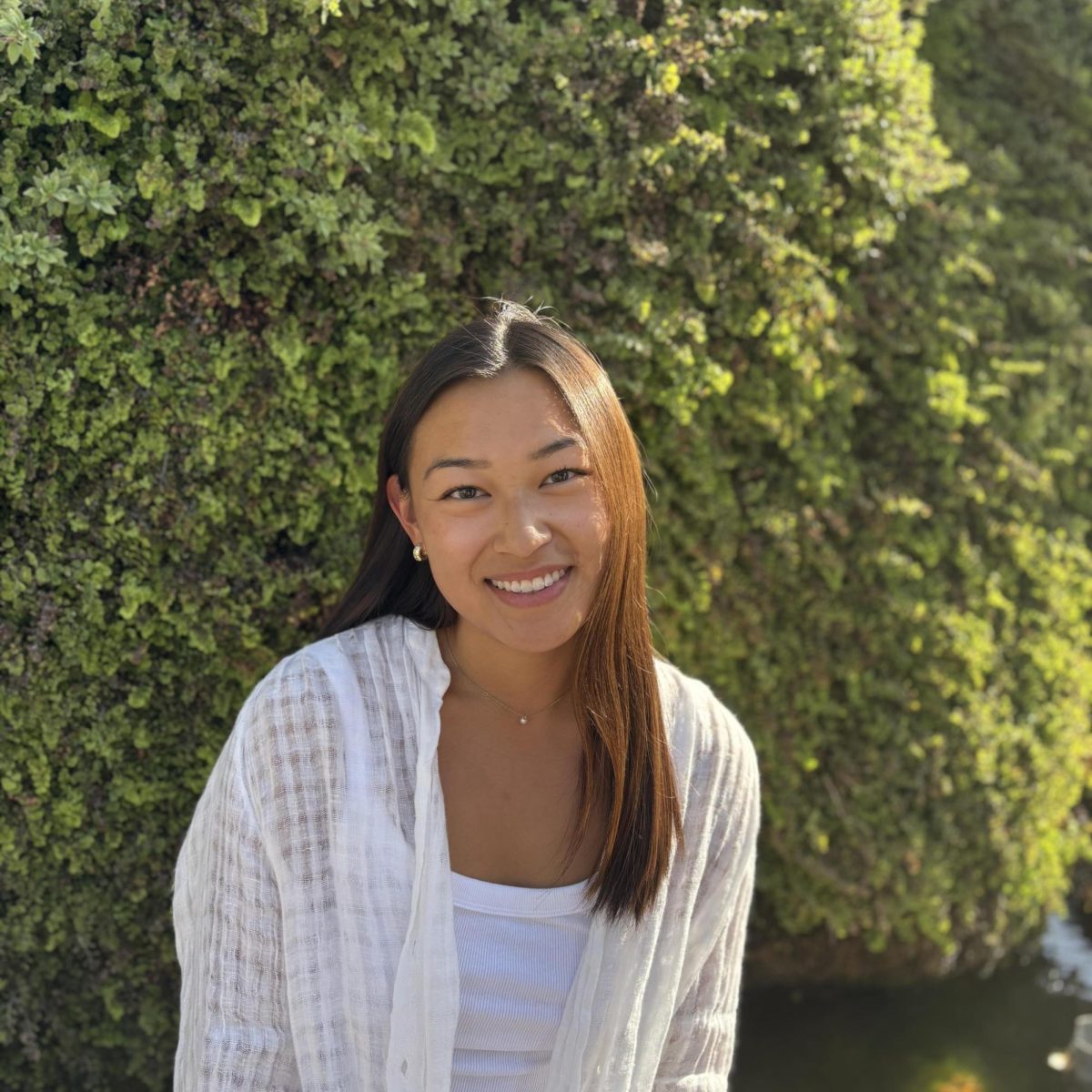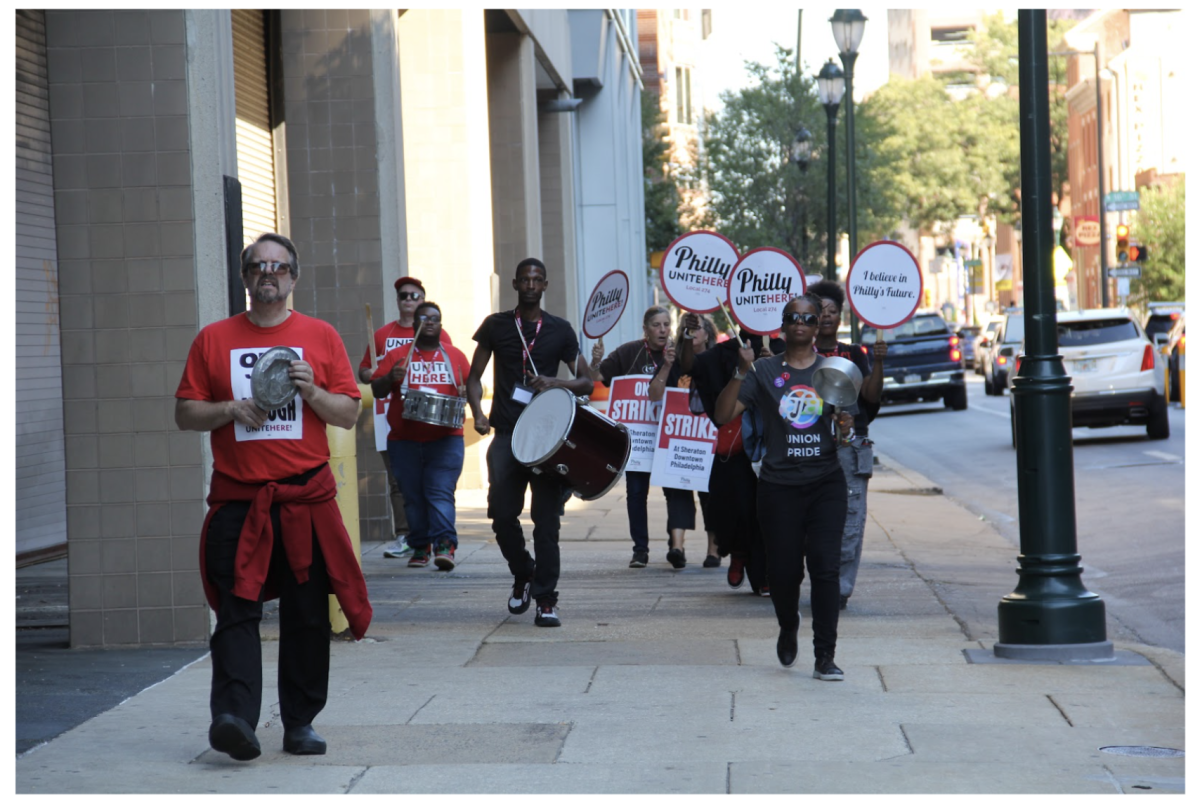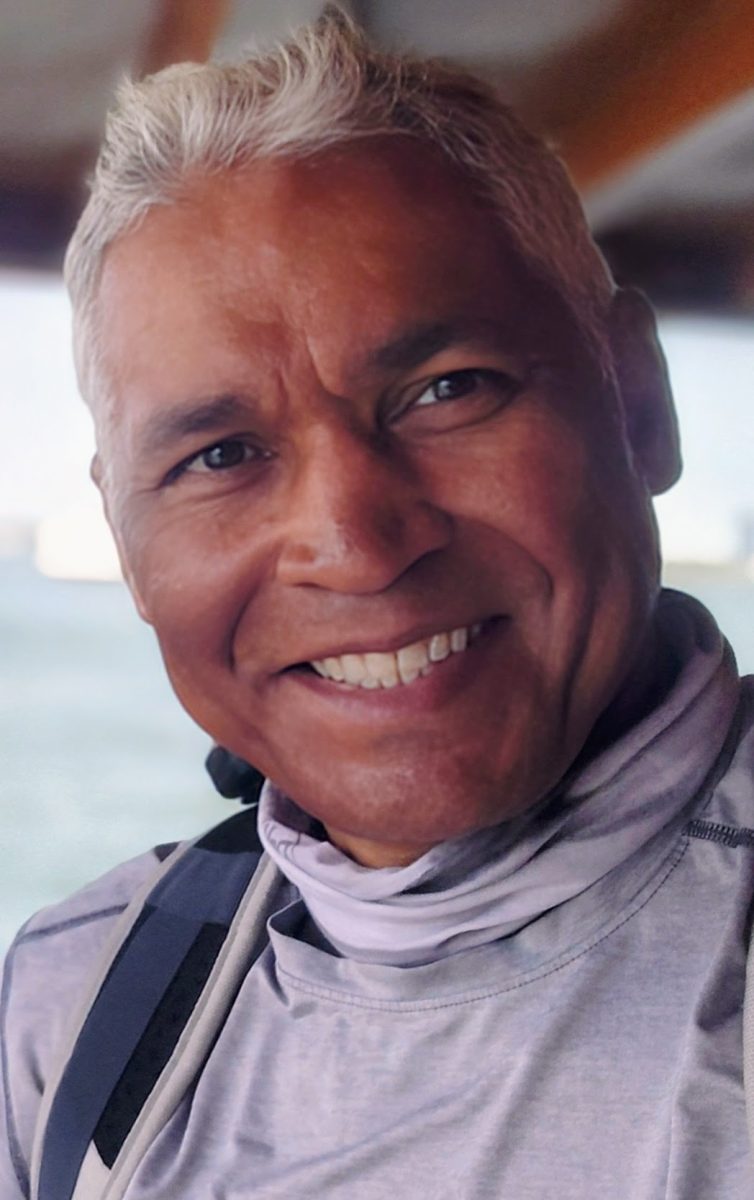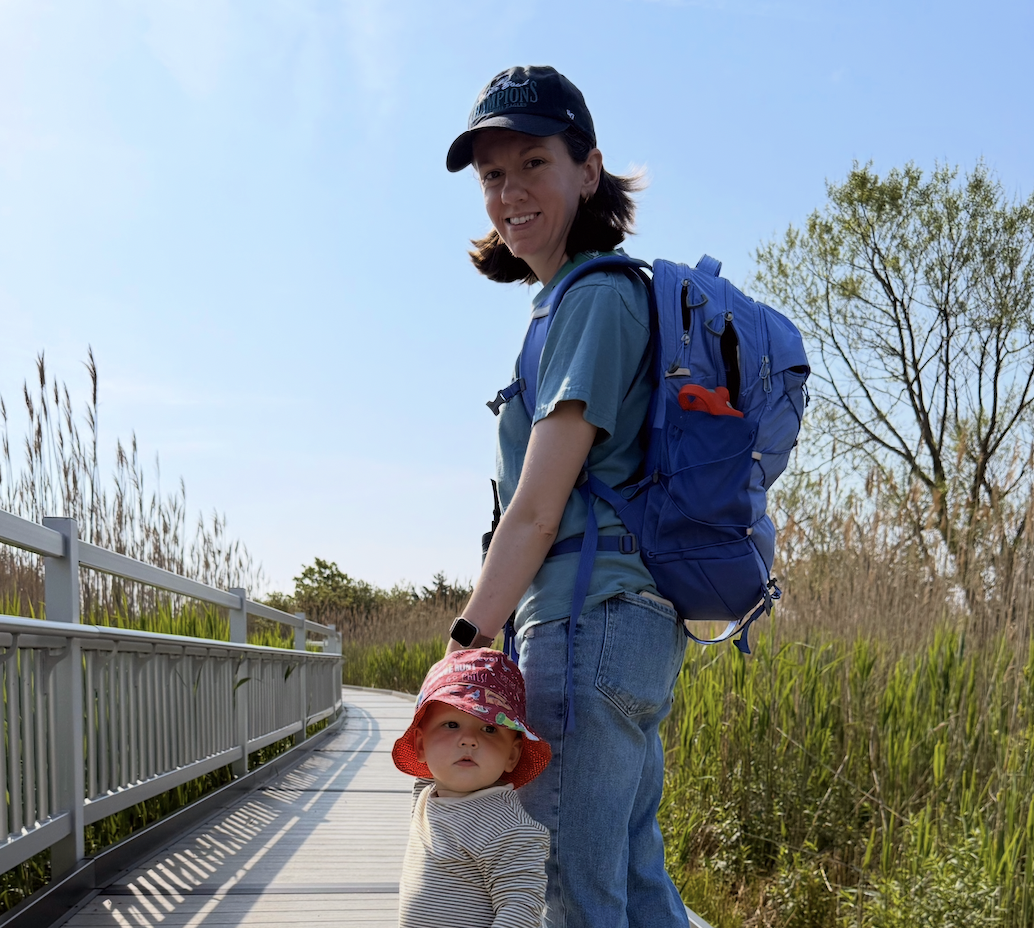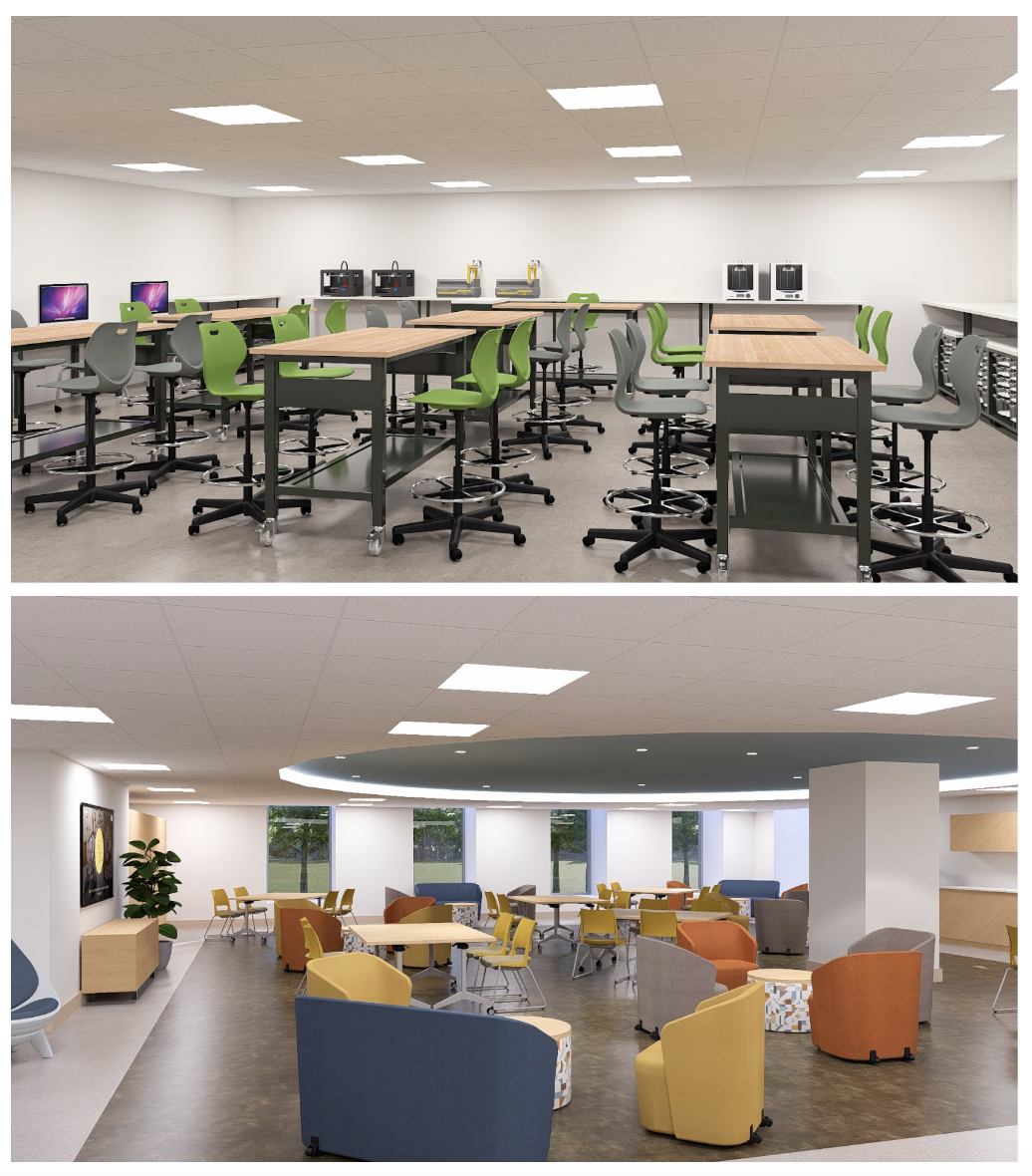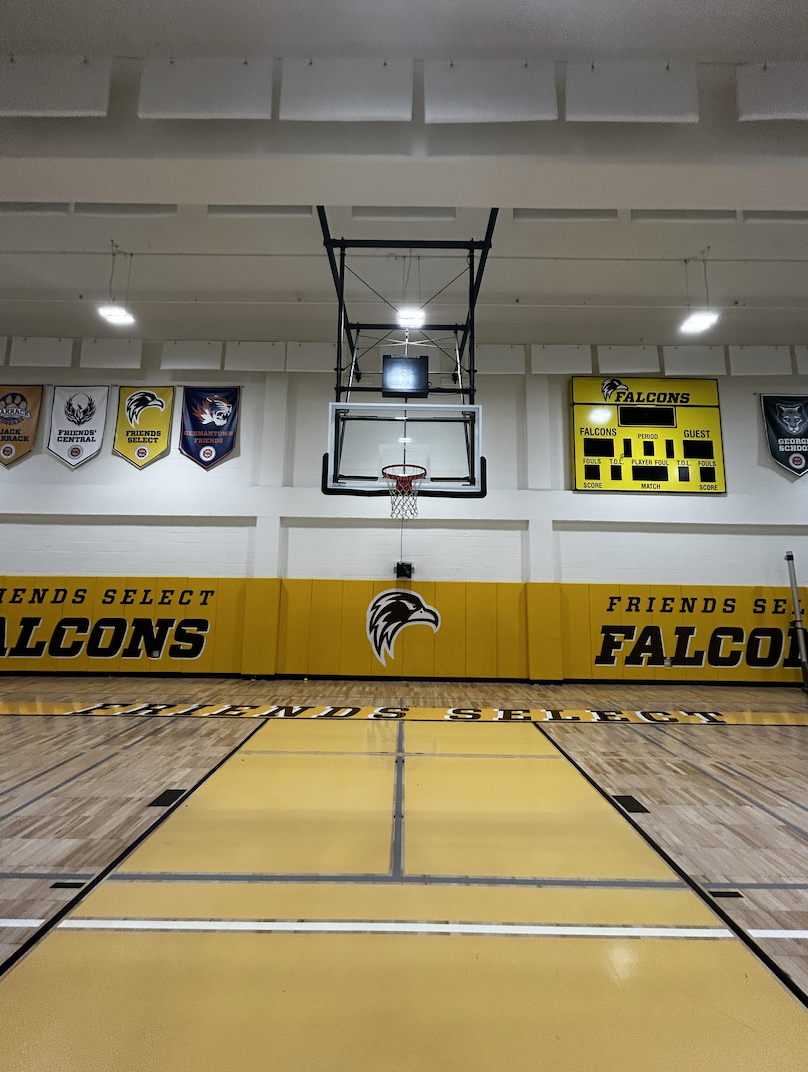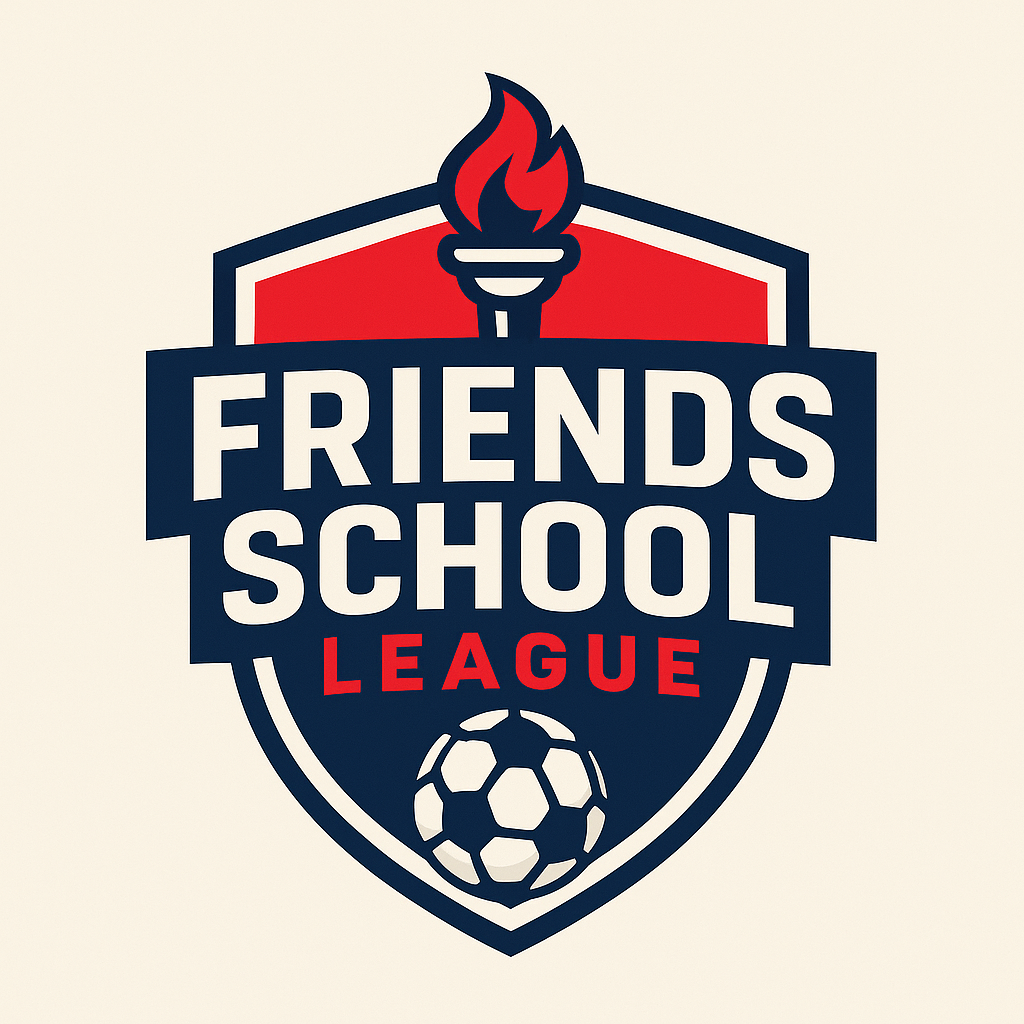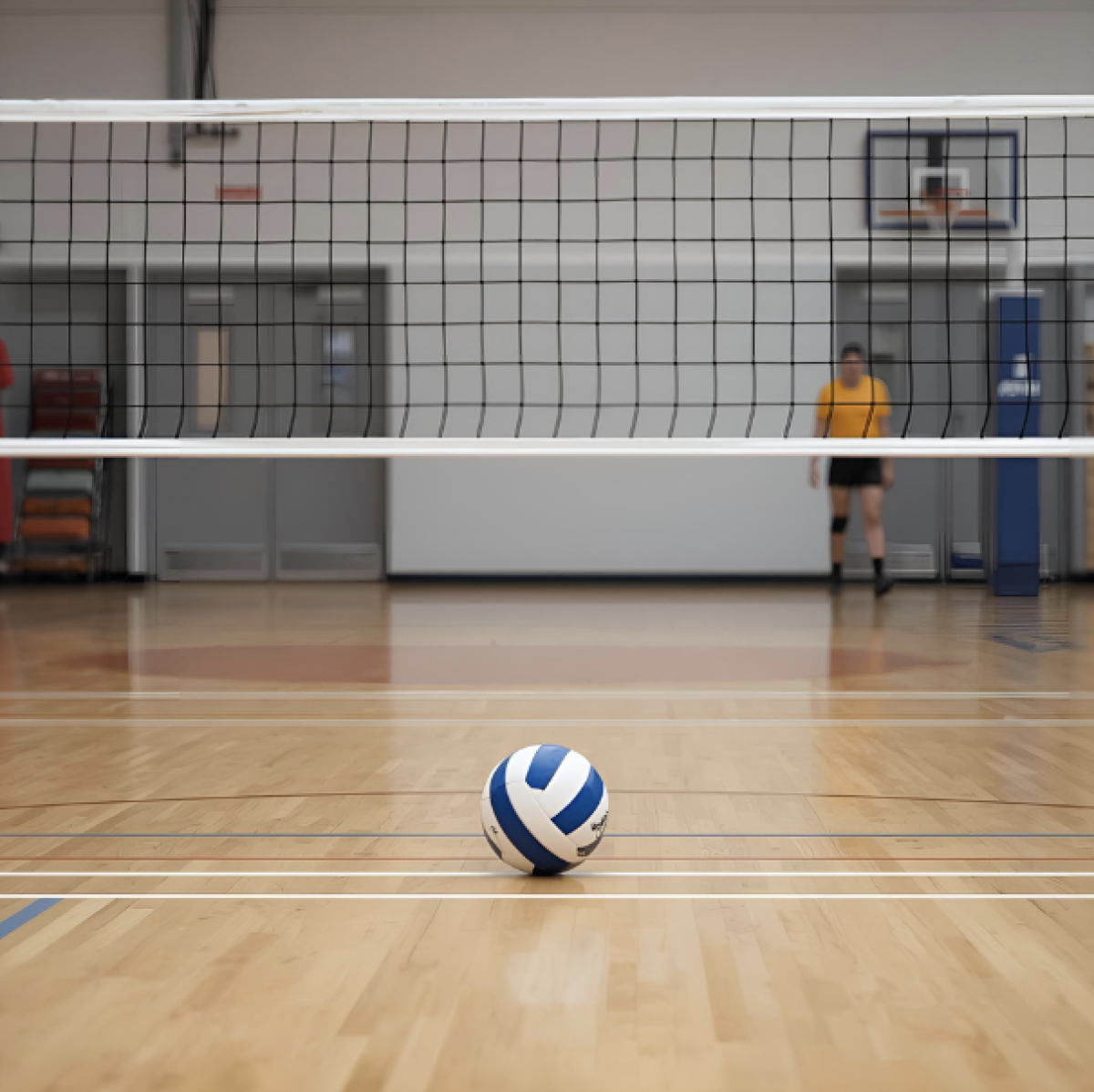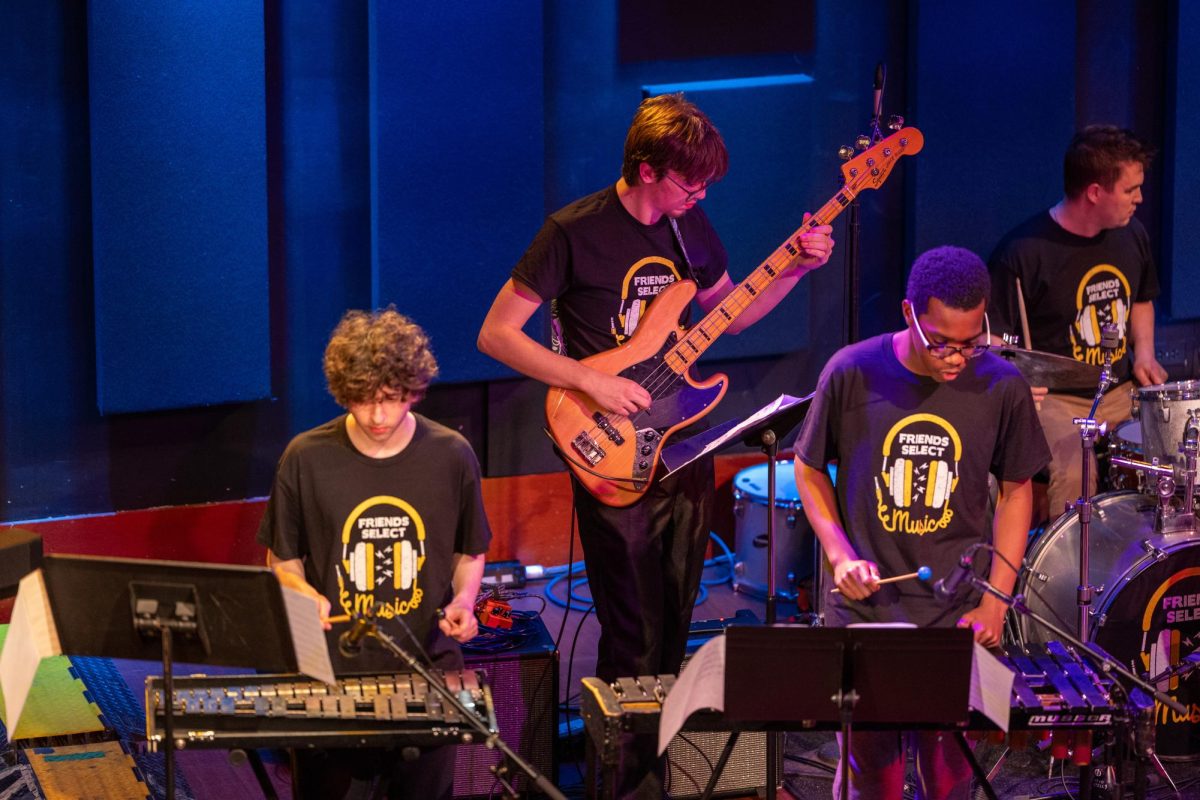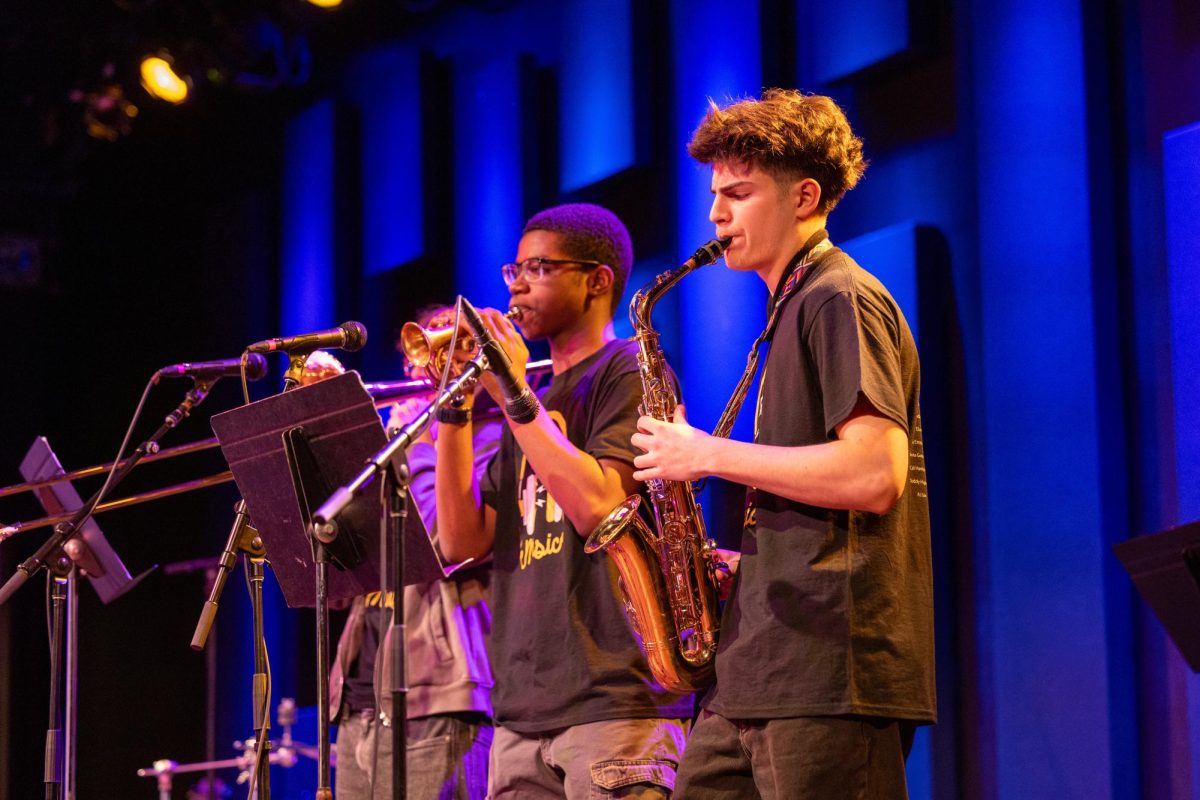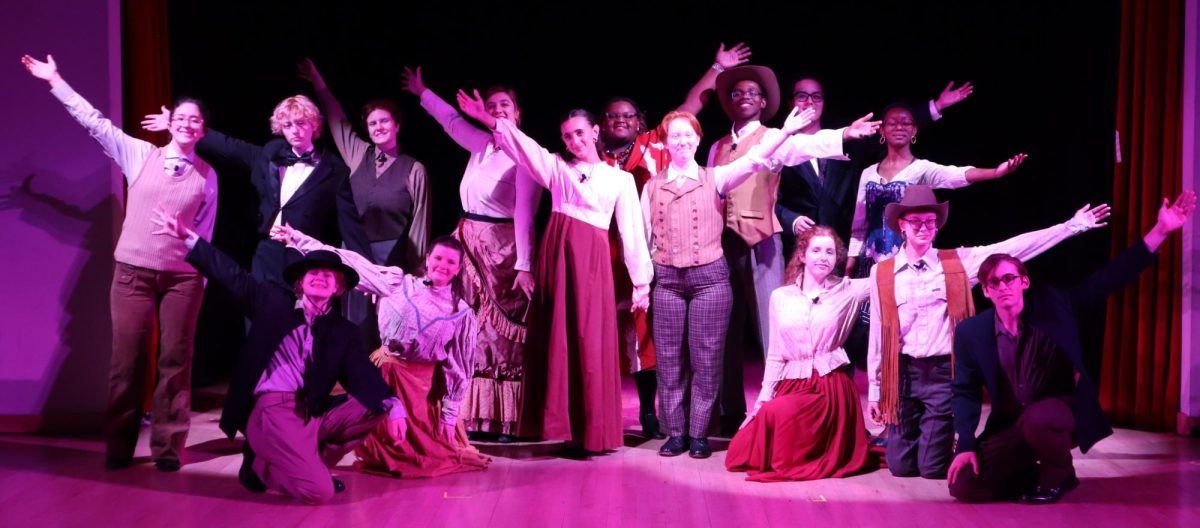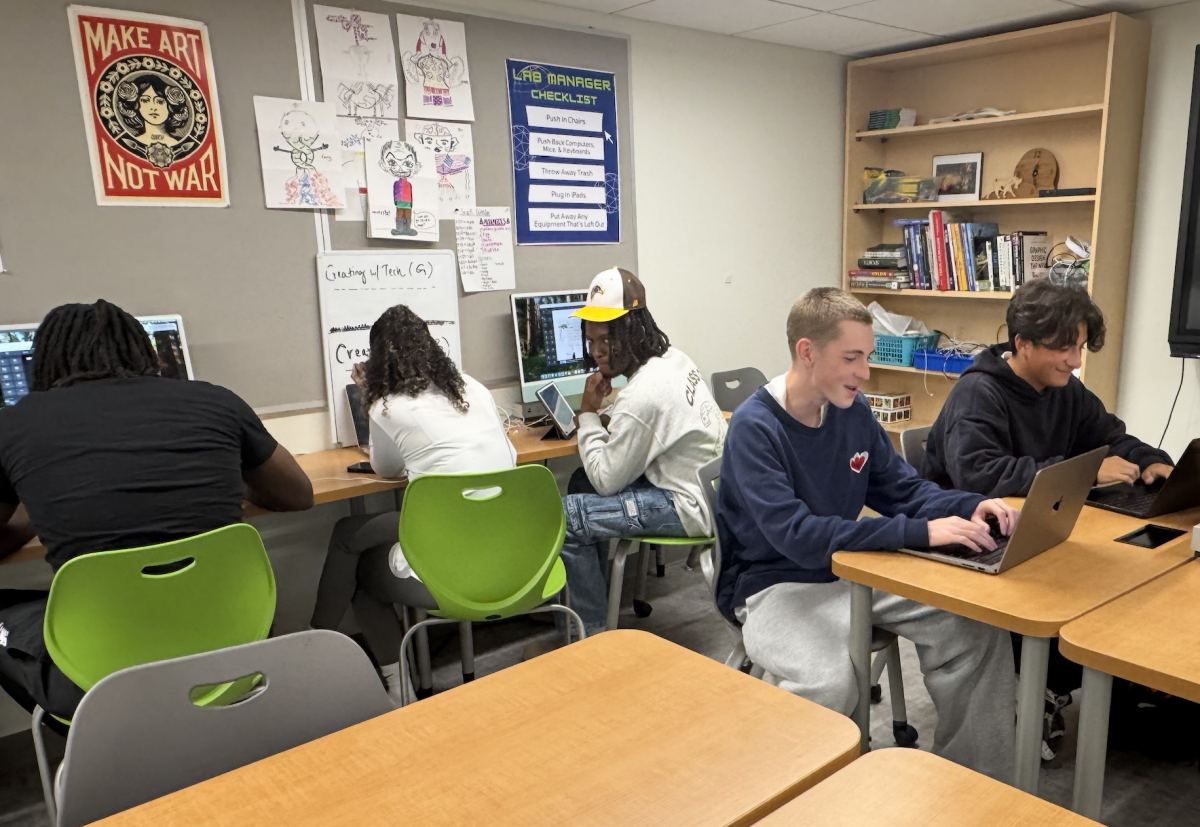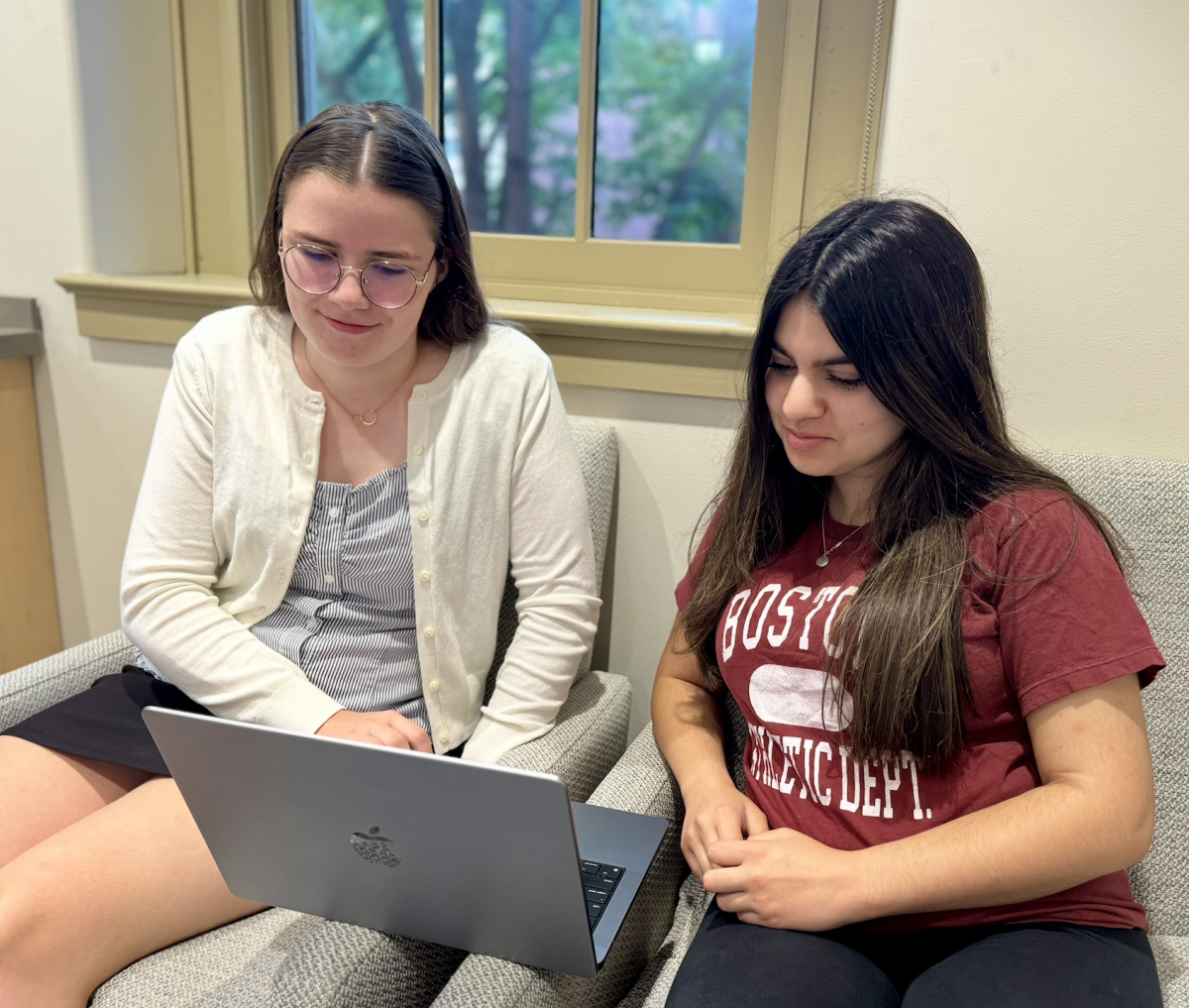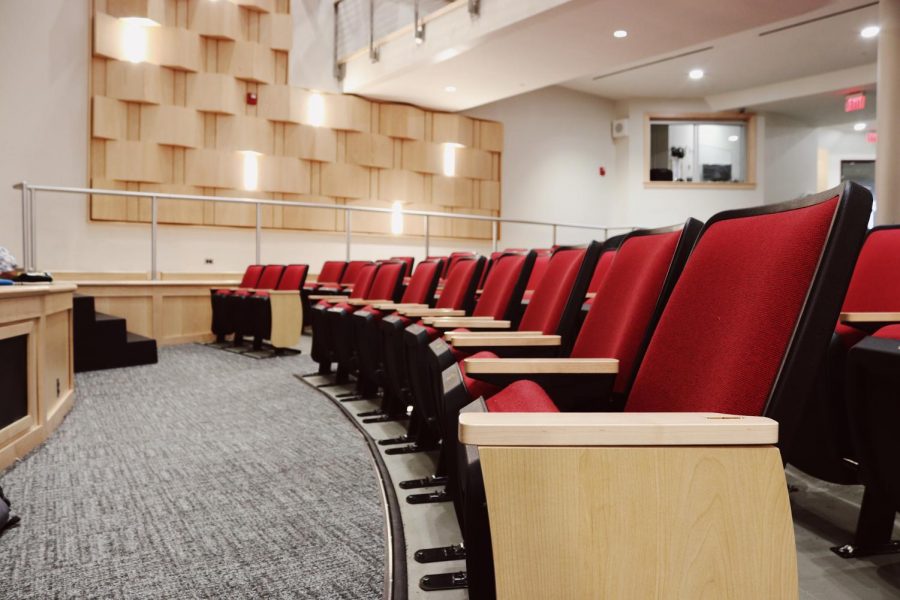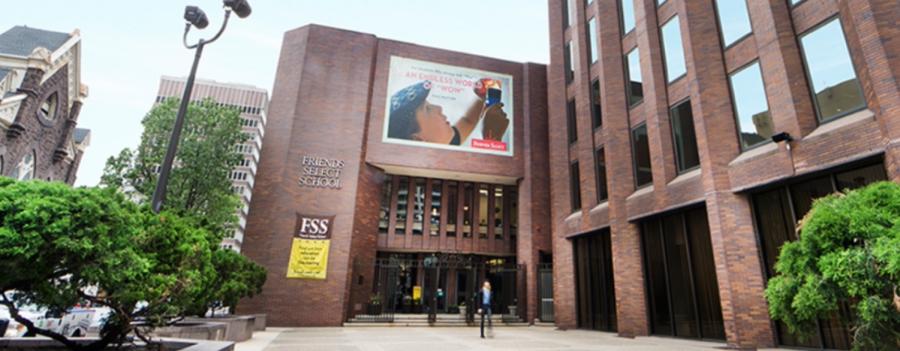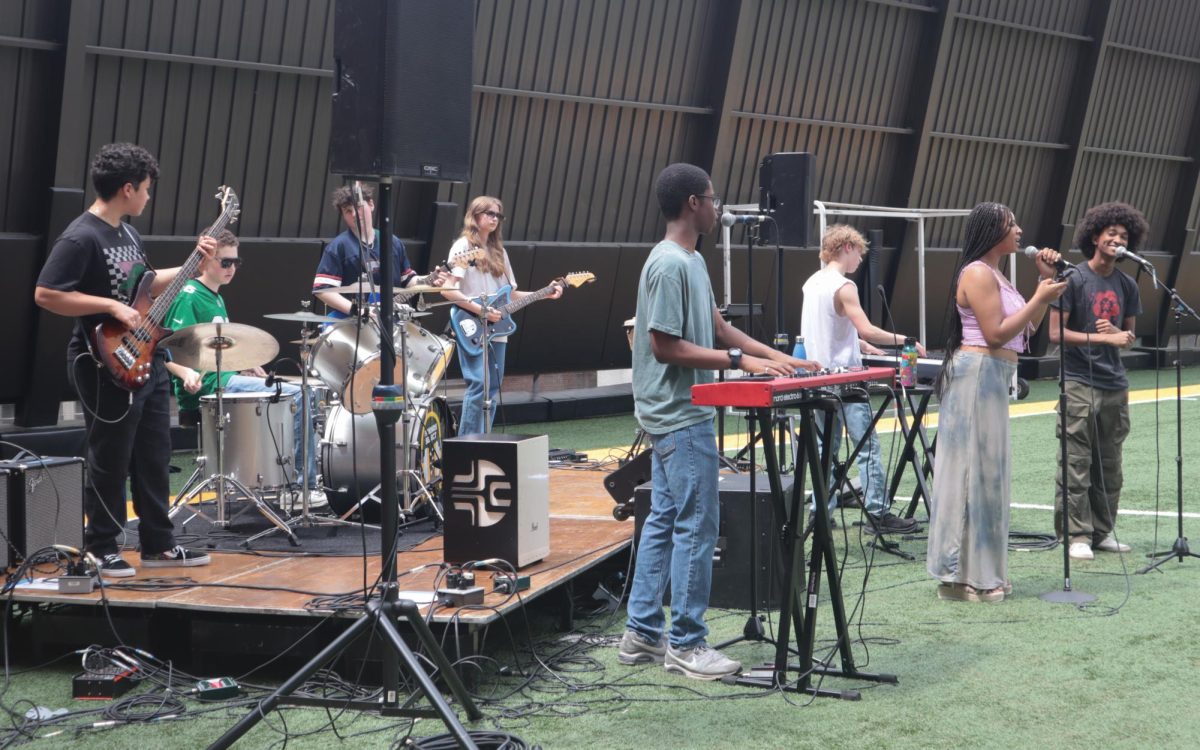A Closer Look into Friends Select Admissions
Have you ever wondered about the ins and outs of school admissions? Maybe you are a student or family, like I was, in the process of applying to college and you are questioning admissions at the higher education level. Though it may be easy to overlook, it is just as important to consider our own institution – Friends Select School (FSS). At the Lower, Middle, and Upper School levels, there are different practices and factors that make up the complicated world of FSS admissions. Below are some of the questions that came up as I investigated Friends Select admissions.
Why admissions? Why me?
I am one of the many juniors and seniors in the midst of the college process right now and conversations surrounding admissions are more frequent in my life than they have ever been. College admissions statistics continue to shrink, as 2022 seems to be a record low year for many of the more selective schools. I was interested in the college process throughout the year, but one specific experience that made me want to consider our admissions at Friends Select. When I went to the Student Diversity and Leadership Conference in early December, I was surrounded by numerous strong high school students across the country who were committed to diversity and bettering their respective independent schools. One topic that was at the forefront was the importance of racial and ethnic diversity in our independent schools and how we can continue to push for further development and diversification. I heard stories from students who had taken initiative, requested admissions data from their institutions, and had written proposals or petitions recommending how their school could move forward. At the time I was hearing this, it actually made me feel somewhat stagnant, or like I wasn’t doing enough in our school to enact change. At the same time, it was new information and it was motivating. This allowed me to look at our school and the world of admissions from a slightly new and meaningful lens. How and why are admissions being done the way they are? How are our institutions working to reflect the changing climate surrounding diversity? I may have been influenced by the sort of “behind closed doors” aura surrounding college admissions, but I grew to think of admissions as a somewhat taboo subject. In reality, I found information about FSS admissions to be very accessible.
How is admissions done at Friends Select? Why is it done this way?
The FSS admissions website says, “our main admission season is from September through early January. We encourage you to initiate the process in August, September, or October of the preceding school year, so that we can notify you of your admission status by February 1.” This is the general timeline that our admissions department follows every year. For this year specifically, composed of families applying for the 2022-2023 school year, the complete applications were due by January 7th. Our department then turned around decisions by the end of January, and families had to notify the school whether they plan to enroll by March 1st.
As you might imagine, a lower school student and a high school student are at two very different stages in their lives, and the application process reflects that. For the lower school admissions process, the family is often younger and their children are often new to schooling. The student also does not have as much agency in the decision. From an admissions perspective, they are looking for social-emotional readiness, the ability to make transitions, and the stamina to do an active program. There is less of a focus on IQ testing or what might be considered academic skills. Director of Lower School Admission Marnie Christian says, “We’re pretty expansive in terms of what makes a good match for our particular program, and that levels the playing field a bit for those who don’t have as much access to resources.”
At all ages, the admissions committee tries to understand all facets of an incoming student and even dig deeper to find anything that might not be conveyed in the strongest way on their transcript. For Middle and Upper School applications, the students do a questionnaire, the parents do an interview, the students send their transcripts, math and English teacher recommendations, and test scores from the ISEE or the SSAT. The student comes in for a visit and an interview. At this level, students often know a fair bit about their interests and strengths, and play a stronger role in the environment they want to be in. Parents are also often less involved in the day-to-day events at school. So from an admissions perspective, they have to approach each family and age group with a unique lens.
What is the role of our admissions department?
Each person I talked to within our admissions department mentioned their connection to families. Admission Coordinator Deandra Witt said, “Prospective families reach out to us any time they have any initial questions, but I am usually the first face, the first person they get to know who is representing the school.”
Marnie, who works later in the process, says, “I see my role as an advocate for the family and the child. For example, I won’t take a child’s application to the admissions committee unless I feel a strong sense that we are seeing them in their most authentic light.”
Associate Director of Middle and Upper School Admission Caroline Slingluff says, “My job here is not forcing anybody to come to Friends Select but making sure they have all the information they need, to make the best decision for their child and for their family, so my job here is to be a resource.”
From these accounts, I learned that the admissions department is deeply rooted in the interpersonal connection between prospective and even admitted families and not just the surface “yes or no” of who gets in. I also witnessed the responsibility that these individuals seemed to bestow upon themselves to ensure that the interests of the individual fit within FSS and that they won’t be squeezed into a community that is not right for them.
What is the committee system?
The actual decision-making piece of FSS admissions is done by a committee system made up of different members of our community. The committees have different faculty members with different perspectives so that they can highlight different pieces of a student and what they may bring to our community. Pre-K and Kindergarten have separate committees from the rest of the lower school, and the Middle and Upper School have their own respective committees. There are anywhere from about 5-9 people on a committee, and they are a combination of both the admissions department and our school’s faculty. From the faculty, it can include teachers, deans, directors, learning specialists, and more. They do their best to have at least 2 teachers on each committee, so the classroom perspective can be emphasized, explains Deandra.
How many people apply to FSS?
Caroline emphasized that Friends Select admissions is different from her previous experience at a more suburban school because of “our explicit competition with public schools.” She highlighted the public school application process in Philadelphia as a big reason for this competition. Caroline explained, “The Upper school this year had around 100 applications, and we admitted around 80 or so, and about 30% say yes to us…that would be the yield percentage.” To apply some of those numbers, she went on to speak about next year. Right now, FSS has about 52 students enrolled for the 9th-grade class next fall (class of 2026), and about two-thirds of those students would be returning. Currently, they have 22 new students enrolled, which is about 42%. They also have 1 new student in each of the other three grades where it is less common to see new students unless a family is moving or there are other circumstances.
Are we a diverse community?
In recent years, conversations surrounding diversity in institutions have been on the rise and our private schools are important places to examine. When asked about the importance of diversity in our independent schools, Director of Equity and Inclusion Toni Graves Williamson said, “I think it’s righting a wrong for years of these institutions being mostly white, and we are righting a wrong in society.” Private schools are an interesting topic because they have become an intersection between the development of education, diversity, and finances. Unfortunately, diversity in our institution and in this world is inherently connected to socio-economic status. At FSS, about 38% of students identify as students of color, and it is more concentrated in the Upper School. According to our website, more than 31% of our students receive some kind of financial aid. However, in the Upper School, students can receive a larger amount of financial aid and that is simply down to projecting for the future. Marnie explained to me that for an incoming 9th grader, it is much easier for the school to project 4 years into the future and guarantee to a student that they will meet a higher financial aid percentage of their tuition. The flipside is a student coming into Pre-K where the school would have to look at the next 14 years of financial aid they will be providing. It’s much harder to predict and sustain high levels of support because there can be unforeseeable factors like Covid or a market crash.
How do we continue to improve?
As the admissions department moves forward, they continue to assess diversity in tandem with faculty like Toni. “I don’t think a school can be excellent if it’s not diverse, and I don’t think a school can be diverse if it’s not inclusive,” Marnie said. She went on to speak about the importance of audits of our systems and processes. For example, at one point, FSS had a paper application where we asked for gender. Admissions considered that and decided to change that piece of the application to an optional fill-in-the-blank to be more inclusive. Audits in general allow our department to consider their biases and acknowledge the effect they have.
As we move forward, Toni also explained how admission is only half of the battle. She explained, “Racial diversity especially is one of our biggest gifts and challenges because people are coming from different walks of life, it’s not just about getting people in the building, [but also about] how do they feel seen, how do we make sure teachers know about curriculum, do kids feel like they have a place to go.” After establishing more diversity, we now have to consider the community we are creating, and how people from all walks of life are being supported and set up for success.
How do athletics relate to admissions?
Sports, along with arts like music and drama, becomes an important piece that establishes the culture and life of the school beyond the classroom. A strong athletic or arts department works to make our community as well-rounded as possible. It is also another facet that can be used from a marketing perspective to bring prospective families to our school, especially people from different areas and demographics. This year was the first year that Athletic Director (AD) Bill Klose was a member of the admissions committee. Bill said, “When I became the Athletic Director, it was basically the same year Michael became the Head of School and we had a strategic plan for improving athletics here, and a big piece of that was having the athletics voice in the admissions meeting.”
Bill explained that the most important part of admissions is making sure any incoming student will be comfortable in our environment, not just be the best athlete or student. Once those students are a part of our community, it is important to consider how they are supported and how they are perceived. Bill explained, “I also like to really make sure that a kid who comes here because of athletics is not thought of as just the basketball player or the baseball player… and teachers view them as every other student.” I thought this was a really important point and I asked him how this may be communicated or improved. He spoke about how it is a smaller school, small enough to give everybody individual attention and as the AD, if it is somebody he sees often, he can ask them about their grades or how they are doing in school. However, athletes should not just be perceived as the responsibility of the athletic department. Bill spoke on transparency with teachers: “I think it’s working… We have a lot of newer teachers who are better at seeing a student-athlete as a student first and athletics as just an awesome benefit to that.” To close, Bill spoke on his hopes for the future of FSS athletics. FSS recently took over the aquatics club that practices in the pool, so the club swim team has brought some competitive swim applicants. Our boy’s basketball team, coached by Percell Coles, and our recent success with softball team championship appearances and wins brings student interest as well. “As we start getting successful more families will have us on their radar, and there is no better advertising for a school than seeing a successful team.” Bill spoke about how throughout the league and the area, there has been a shift in the reputation of FSS athletics. One of the last things we need to do is change the culture within the building and among alumni. Once we buy in as a community to the importance of athletics and the potential it holds to further energize our community, we will continue to see success. And at that point, athletics will be another valuable piece to attract students for admission.
So what?
The world of education at every level is so complex and really is in this balance at this present moment. Thinkers in all kinds of spaces are considering how we can reform our systems to make them as efficient. Conversations surrounding curriculum, access, diversity, representation, funding, and cost will continue to evolve. Everybody in and around Friends Select admissions seems like they are doing their best to continuously improve our systems as the school naturally progresses along with the changing climate. That’s why we should never be complacent. As students in this community, we should be using our unique perspectives to question how things are working in and around us to push for improvements for future generations. I have heard how much the adults in the building want to create environments for students to feel comfortable and thrive. Growing conversations surrounding diversity in all ways will make our community more multi-faceted, bringing in more perspectives and overall insight. Toni says, “Research shows that kids do better academically when they are in racially diverse situations. If the world we expect to produce as global citizens is a world that is diverse, we should have an institution that models that, so that our students can be successful because that’s the kind of world you are walking into.”

